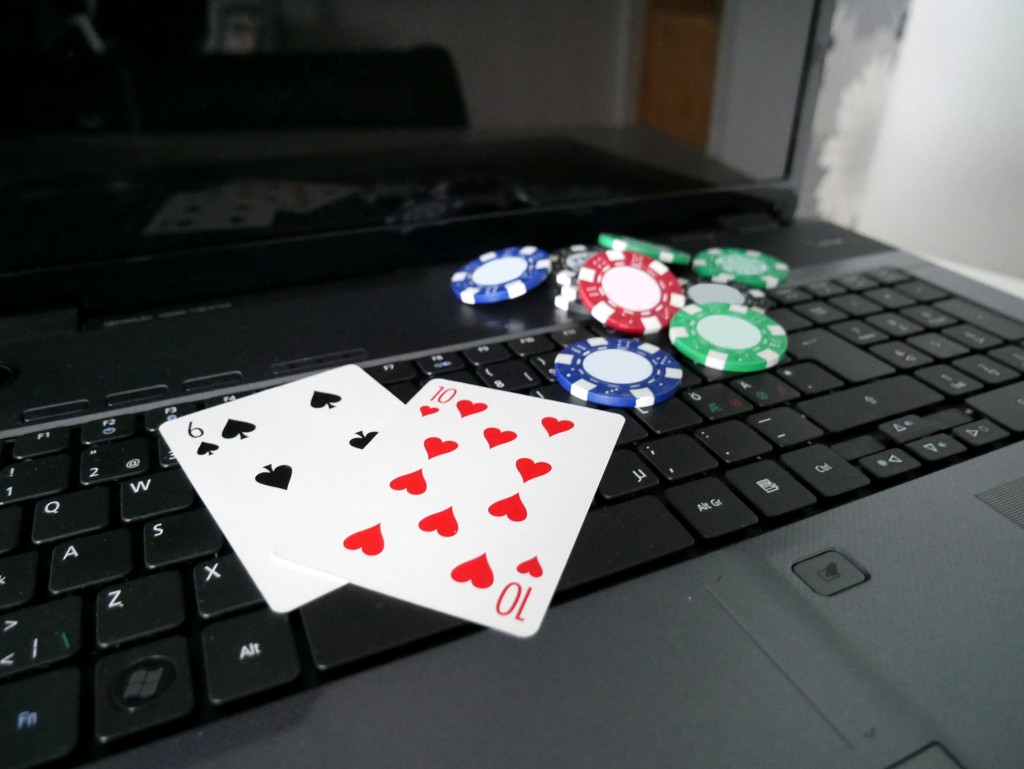
In previous Poker ABC articles, we discussed two simple mathematical concepts – pot odds and implied odds. These two concepts are finalized by the third one – reverse implied odds. Theoretically, it is the most complex concept, but still fully accessible to a poker novice.
To understand reverse implied odds well, you first need to remember implied odds. The latter concept essentially means that a player can deviate from the directly given percentages for a bet response if it is known that fulfilling their draw will allow them to take significantly more chips. Typically, implied odds are applied to straight or flush draws.
Reverse implied odds reverses the concept. Most often, reverse implied odds are applied to flush draws, as having low card flush draws does not necessarily mean we will outplay the opponent. Every player nowadays knows that they can barrel their flush or straight draw, so sometimes even getting good odds we might be behind, even including implied odds. For example:
Hand:
Flop:
Opponent's bet: ½ pot
Of course, we almost never fold a flush draw to such a bet, but we need to carefully follow the turn actions. Depending on the preflop action, it is possible that the opponent has KhQh in such a situation, so if the player hits their lower flush, they will just lose even more chips, not the opposite.
Using and understanding reverse implied odds correctly is, of course, somewhat complicated, but it can be summed up in a simple rule mentioned by Poker School coach Gediminas Gefenas. If on the turn we only have a low flush draw (a pair would not provide any advantage), even getting odds, we can fold the hand. This way, we can protect ourselves from, although rare, situations where hitting our flush will force us to call a big bet with a low flush combination.
This concept can often be applied to situations where we have a straight draw, but there is a high flush probability on the board (and the opponent's range consists of many suited hands). In such situations, it is important to understand the relative values of hands. On a board with 4 cards of the same suit, a straight combination, although abstractly strong, will very often be losing. The relative values of hands and their correct understanding are discussed by Poker School coach Gediminas Gefenas in this video:





